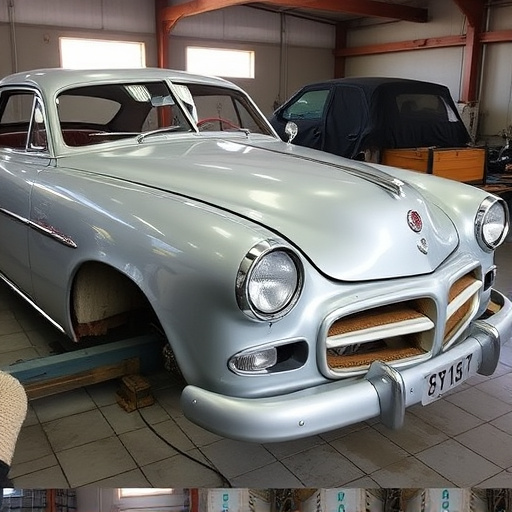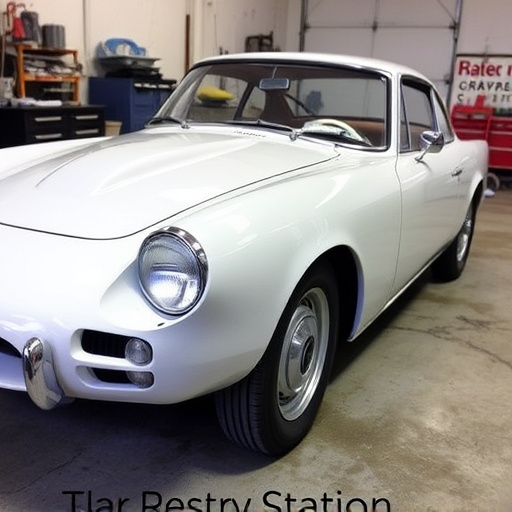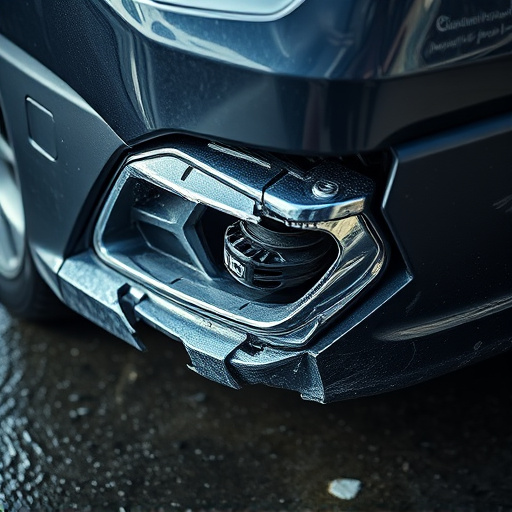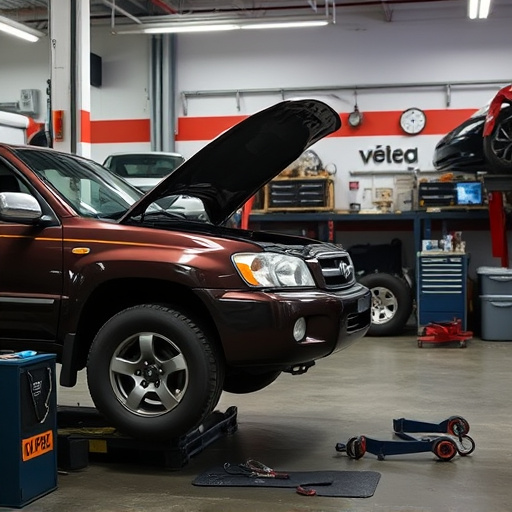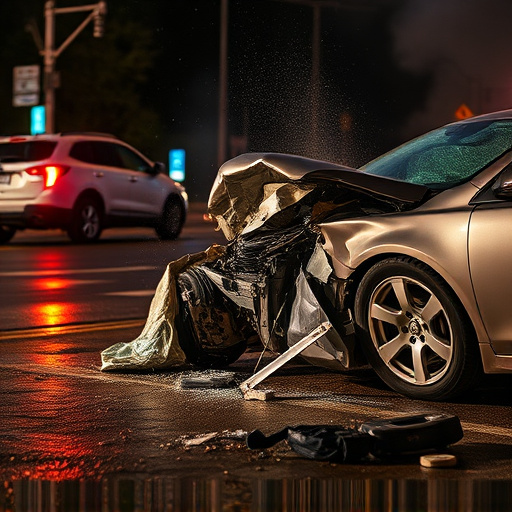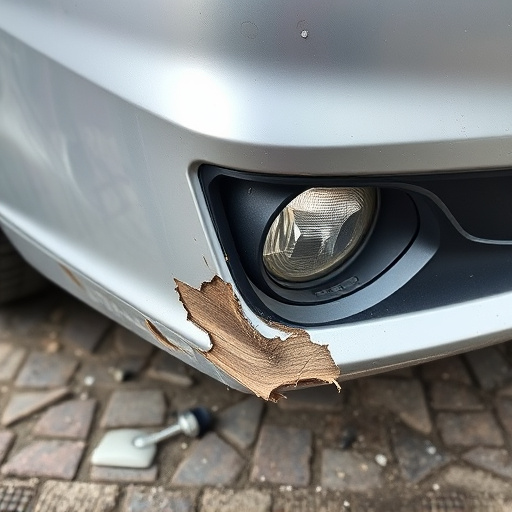Identifying and addressing common causes of radiator leaks—from accident damage to worn hoses—is crucial for effective radiator collision repair. Visual inspections, coolant level checks, and flashlight examinations can pinpoint issues. Professional services using advanced techniques ensure comprehensive repairs while replacing compromised parts prevents future problems.
Radiator leaks can spell trouble for any vehicle, leading to overheating and potential engine damage. Understanding the common causes of these leaks, such as worn-out hoses or cracked radiators, is the first step towards efficient troubleshooting. This article delves into identifying leak sources, providing a step-by-step guide for repair, and highlighting effective radiator collision repair techniques. By the end, you’ll be equipped to tackle these issues head-on, ensuring your vehicle’s optimal performance.
- Identifying Common Causes of Radiator Leaks
- Troubleshooting Leakage: A Step-by-Step Guide
- Effective Radiator Collision Repair Techniques
Identifying Common Causes of Radiator Leaks

Radiator leaks can stem from various issues, and identifying the common causes is an essential first step in effective radiator collision repair. One of the primary culprits is damage to the radiator itself, often occurring due to accidents or impact during a car body shop visit. Cracks, punctures, or tears in the radiator’s metal or plastic components can lead to coolant leaks.
Another frequent cause lies within the hoses and seals that connect to the radiator. Over time, these parts can deteriorate, become brittle, or experience damage from road debris, causing them to leak or fail altogether. Automotive collision repair experts recommend regular inspections to detect any signs of wear and tear early on. Prompt attention to these issues can prevent more severe damage, especially during a busy body shop service schedule.
Troubleshooting Leakage: A Step-by-Step Guide
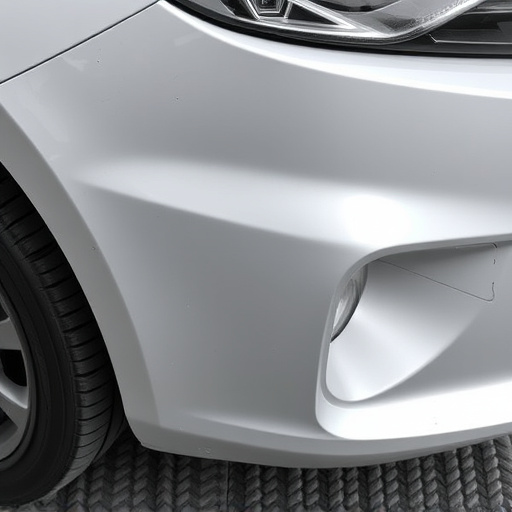
If you suspect a coolant leak from your vehicle’s radiator due to a collision, it’s crucial to act swiftly for safety and efficiency. Here’s a step-by-step guide to help with troubleshooting and identifying the source of the leak. Start by visually inspecting the exterior of your car for any signs of fluid oozing out or wet areas around the radiator and adjacent components. Check for obvious damage such as dents, cracks, or broken parts, especially if there was a fender or bumper repair following the collision.
Next, park your vehicle on a level surface and recheck for leaks. Allow the engine to cool down before proceeding. Turn off the engine and remove the radiator cap. Observe the coolant levels; a significant drop could indicate a leak. Use a flashlight and carefully inspect all connections, hoses, and seals for any cracks or signs of damage. If you find damaged components—whether it’s a worn-out hose, a loose connection, or a cracked radiator—it’s time to replace them. For minor leaks, resealing or replacing the affected part might suffice; however, for severe cases, consider taking your vehicle to a collision repair shop for professional radiator collision repair and bumper repair services.
Effective Radiator Collision Repair Techniques

When it comes to radiator collision repair, addressing leaks effectively is paramount to maintaining your vehicle’s optimal performance and preventing further damage. The first step in any radiator collision repair process involves meticulous inspection. Technicians must identify not only the source of the leak but also assess the extent of the damage to surrounding components. This detailed examination ensures that every aspect of the radiator collision repair is accurately addressed.
In the realm of radiator collision repair, modern techniques often incorporate advanced tools and methods such as precision welding, specialized sealing compounds, and computer-aided alignment. These innovative approaches in automotive restoration guarantee not only a sturdy fix but also a return to your vehicle’s pre-collision condition. Just as important is the timely replacement of any compromised parts, including damaged hoses, gaskets, or radiators, to prevent recurring leaks and ensure smooth operation, avoiding the need for additional car dent removal procedures down the line.
In understanding and addressing coolant leaks from radiator collisions, this article has equipped readers with valuable insights. By identifying common causes, troubleshooting step-by-step, and exploring effective radiator collision repair techniques, individuals can now confidently tackle these issues. Remember that proper maintenance and timely repairs are key to ensuring your vehicle’s engine stays cool and performs optimally, making radiator collision repair a crucial aspect of automotive care.
